Last updated on 2025-10-21
A review and sample photos of the LEICA SUMMICRON R 35mm / F2 (Type II, new model) used with a digital camera and the film camera LEICA R8.
- Please see the disclaimer regarding advertising here.
- Italicized links in the text are advertisement links that take you to other sites.
Table of contents
Gallery
The following cameras were used to take the sample photos:
- LEICA R8 +KODAK Proimage100 +NIKON LS-50
- CANON EOS 1D Mk-IV
- LEICA SL typ601
- SONY α7
- SONY α NEX-5 +BAVEYES x0.7
- LEICA CL typ7323
Review
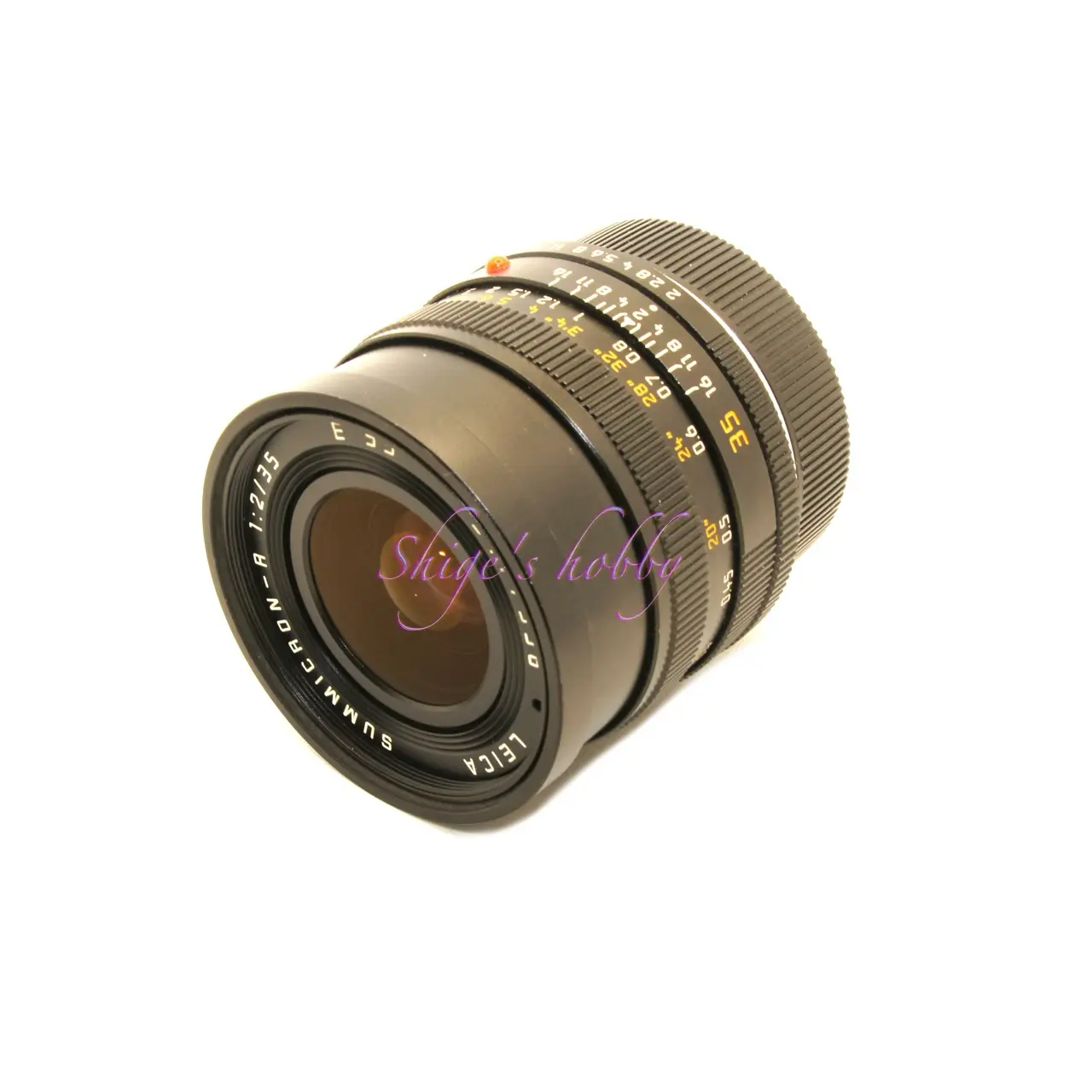
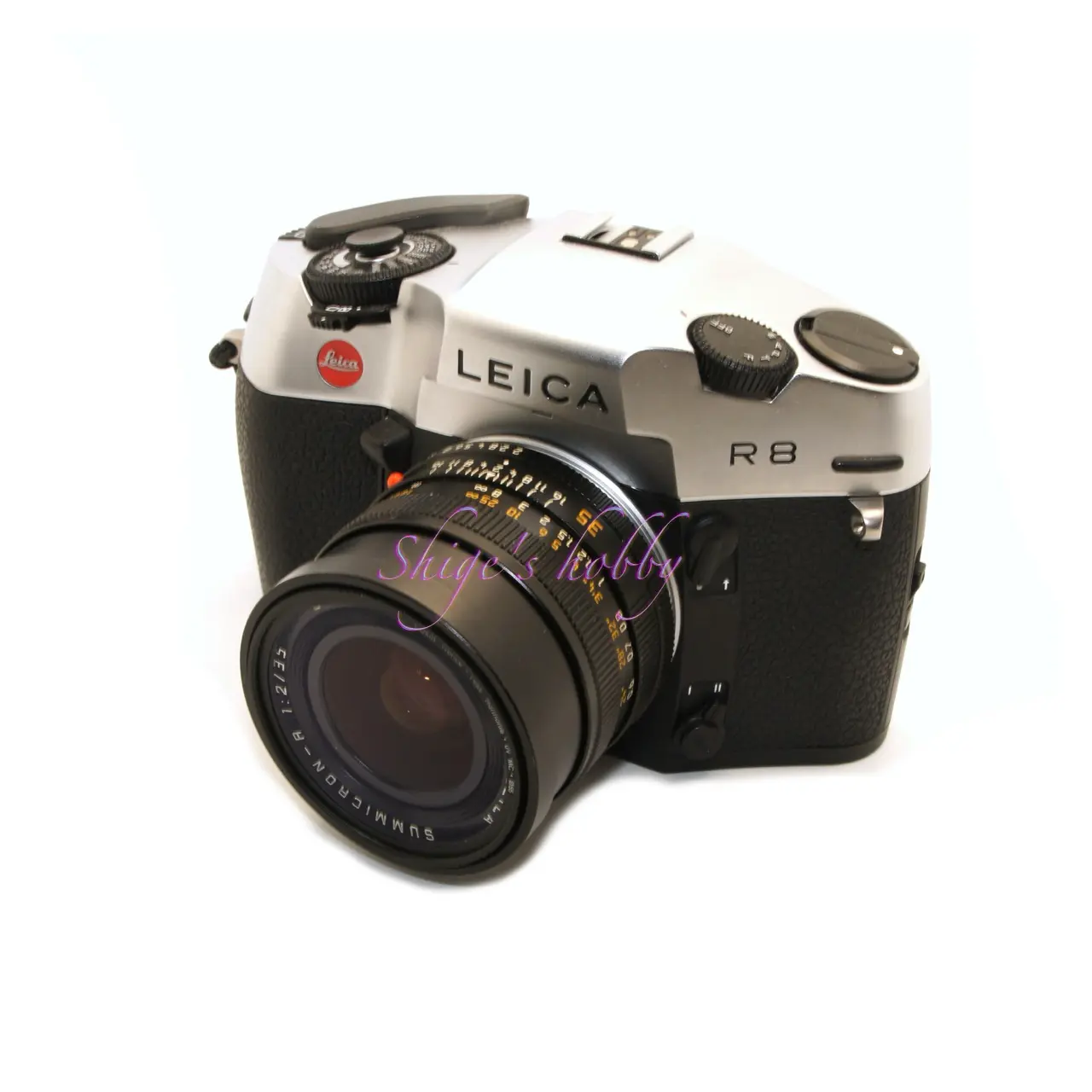
1.Overview
The Summicron-R 35mm II is a Leica R-mount lens released in 1976.
Key specifications are as follows:
- Lens Construction: 6 elements in 6 groups
- Minimum Focus Distance: 0.3m
- Aperture Blades: 6
- Filter Diameter: 55mm
- Removable Lens Hood
- Lens Mount: 3-cam, R-cam, with ROM terminal
2.Usability
The new Summicron-R 35mm II model is a new lens, but since it was released in 1976, which is much older than the SUMMILUX-R 35mm, which was released in 1983, it is not a particularly high-performance lens. Because of its small size, it fits comfortably on a mirrorless camera, making it a good candidate if you are looking for a compact 35mm lens.
Image quality and other details are described for each camera below.
■Film SLR Camera
The results of using the LEICA R8 film camera with negative film were as follows:
When the new Summicron R 35mm II lens is attached to the LEICA R8, the lens appears significantly smaller. While its compact size has its advantages, the camera’s size makes the lens feel a bit larger. The older Summicron R 35mm looks better with the LEICA R8.
Based on the results of shooting color negative film, the image corners are improved compared to the older Summicron R 35mm, and the new lens provides a more cohesive overall image.
■Digital SLR Camera
The EOS-1D Mark-IV has a 16-megapixel APS-H sensor, which is smaller than 35mm film, so the image edges are cropped, resulting in a better overall image. However, the focal length becomes longer by the amount cut, and a focal length of 35mm becomes 45.5mm in 35mm film equivalent when multiplied by the sensor’s conversion coefficient of 1.3.
Looking at the shooting range alone, the 1D Mark-IV can be said to be a near-replacement for the Digital Module R. Unfortunately, there is no record of it being used with the Digital Module R, so there are no example photos.
In addition, the rear element of the lens does not protrude significantly, which can be an issue with some lenses when used with the EOS 1DS MK-III, which is equipped with a 35mm full-frame sensor, and therefore does not result in Error 20 (Err20), which occurs when the rear element interferes with the camera’s sensor.
■35mm Full-Frame Mirrorless Camera
The LEICA SL typ601 and Sony α7 both feature 24-megapixel 35mm full-frame sensors. While the older Summicron R 35mm sometimes struggled with peripheral image quality, this improved version offers improved image quality across the entire frame.
In terms of usability, the EVF’s magnification function allows for precise focus adjustment, and the mirrorless α has included image stabilization since the second generation, making it easier to use R-mount lenses.
Sony cameras do not offer a standard way to register the focal length or name of manual-focus lenses in the Exif file, so you must edit the Exif data after shooting or use a discontinued app.
The LEICA SL typ601 allows you to record shooting information in the Exif file of your image files by using a genuine L-R mount adapter (16076) with a lens equipped with a ROM terminal. However, since the information recorded by the old and new models is the same, it is not possible to determine which 35mm lens was used from the Exif information alone.
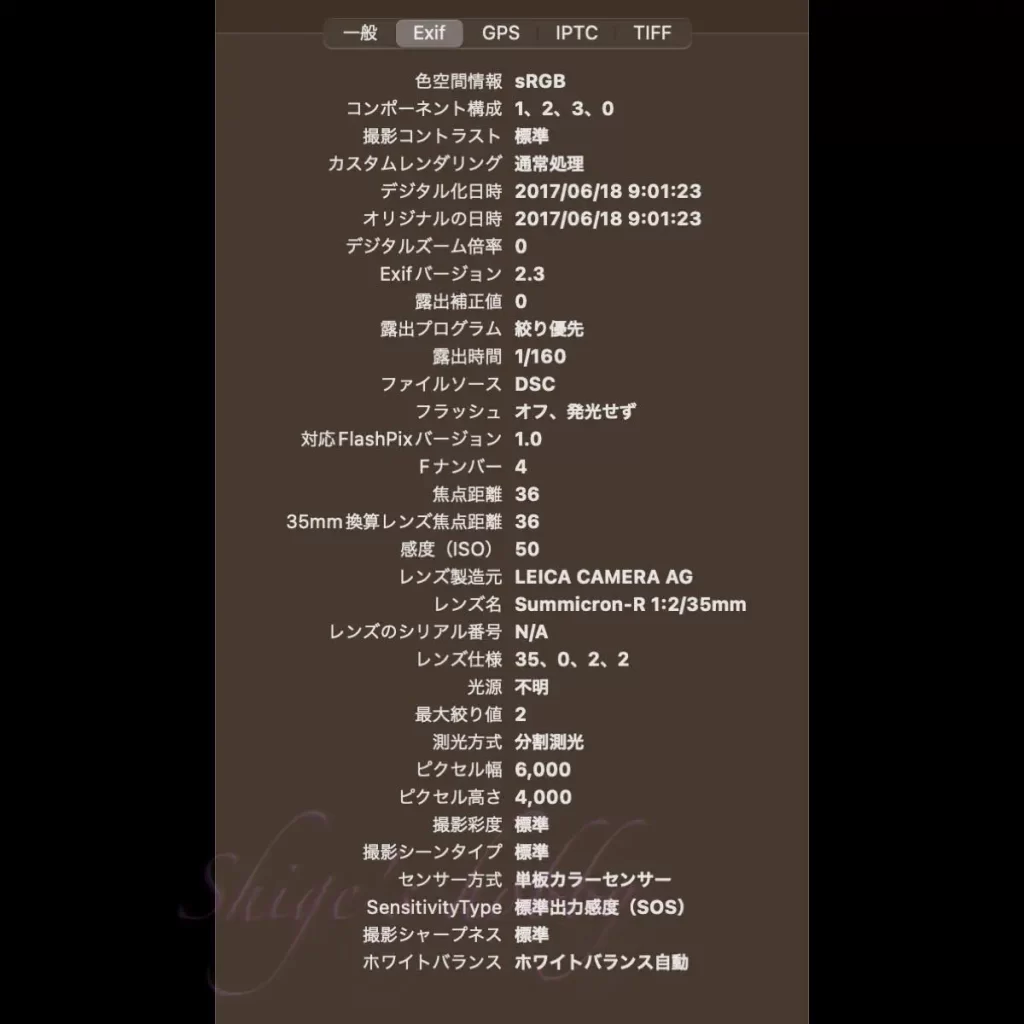
■ APS-C Sensor Mirrorless Camera
The LEICA CL typ7323 is a mirrorless camera equipped with a 24-megapixel APS-C sensor. When using the SUMMICRON R 35mm lens, the image area is cropped due to the sensor size, resulting in a focal length of 35*1.5=52.5mm. The peripheral areas are cut off, ensuring flawless images right to the corners.
The NEX-5 is a mirrorless camera equipped with a 14-megapixel APS-C sensor, and the example image uses the KIPON BAVEYES x0.7 focal reducer. The actual focal length during shooting is the product of the sensor size and the focal reducer magnification, resulting in a focal length of 351.50.7=37mm, nearly the same as the original lens. The focal reducer’s effect increases the lens aperture by one stop, resulting in a 37mm f/1.4 lens at maximum aperture. This combination clearly shows the drawbacks of the focal reducer, and in the example image, the maximum aperture produces a swirling blur at the periphery of the image, known as “circular blur.” Although the lens’s image quality can be improved to some extent, the compatibility between the master lens and the focal reducer also contributes to this tendency.
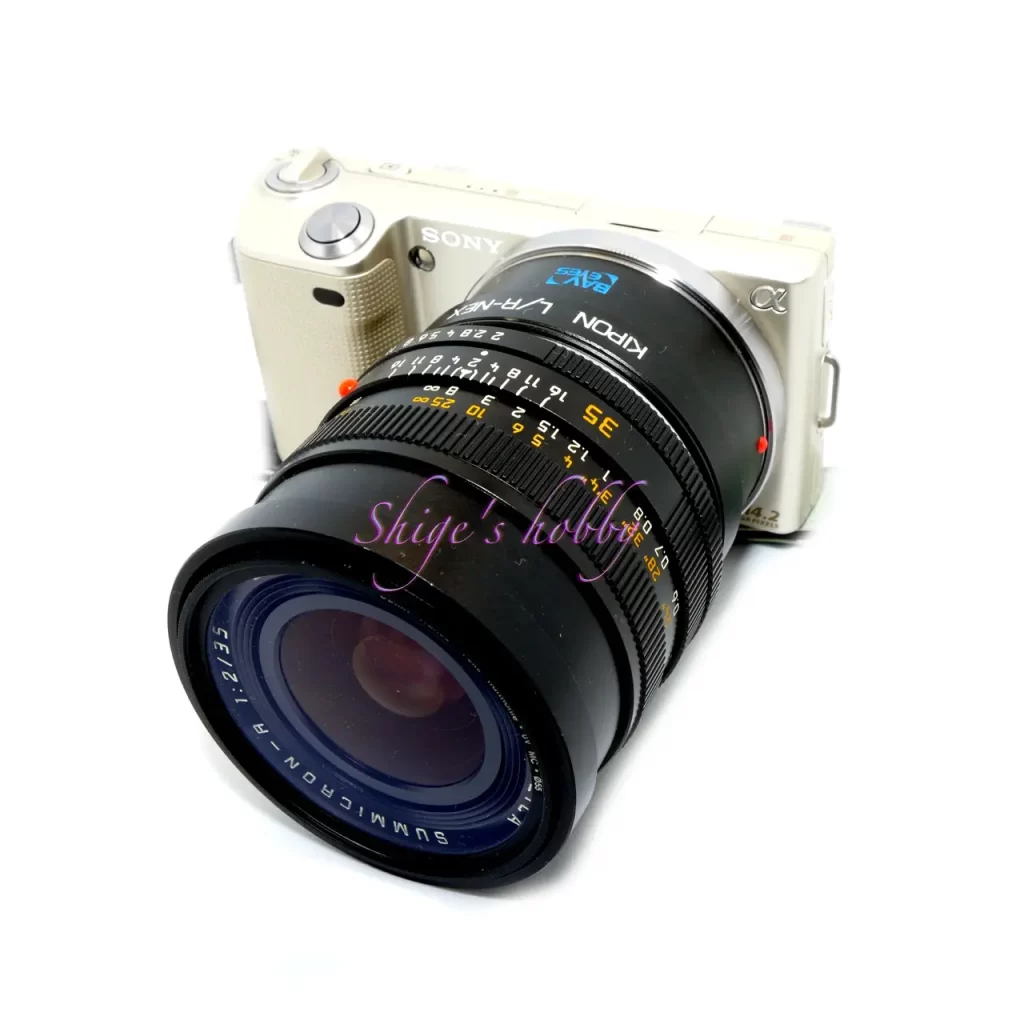
■Medium Format Digital Sensor Mirrorless Camera
Looking at the results of shooting with the HASSELBLAD X2D-100C’s medium format digital 44 x 33mm sensor, the vignetting alone covers approximately 86% of the entire frame. However, there is some distortion in the peripheral areas beyond the 35mm film size, so it is best to stick to the 35mm film size.
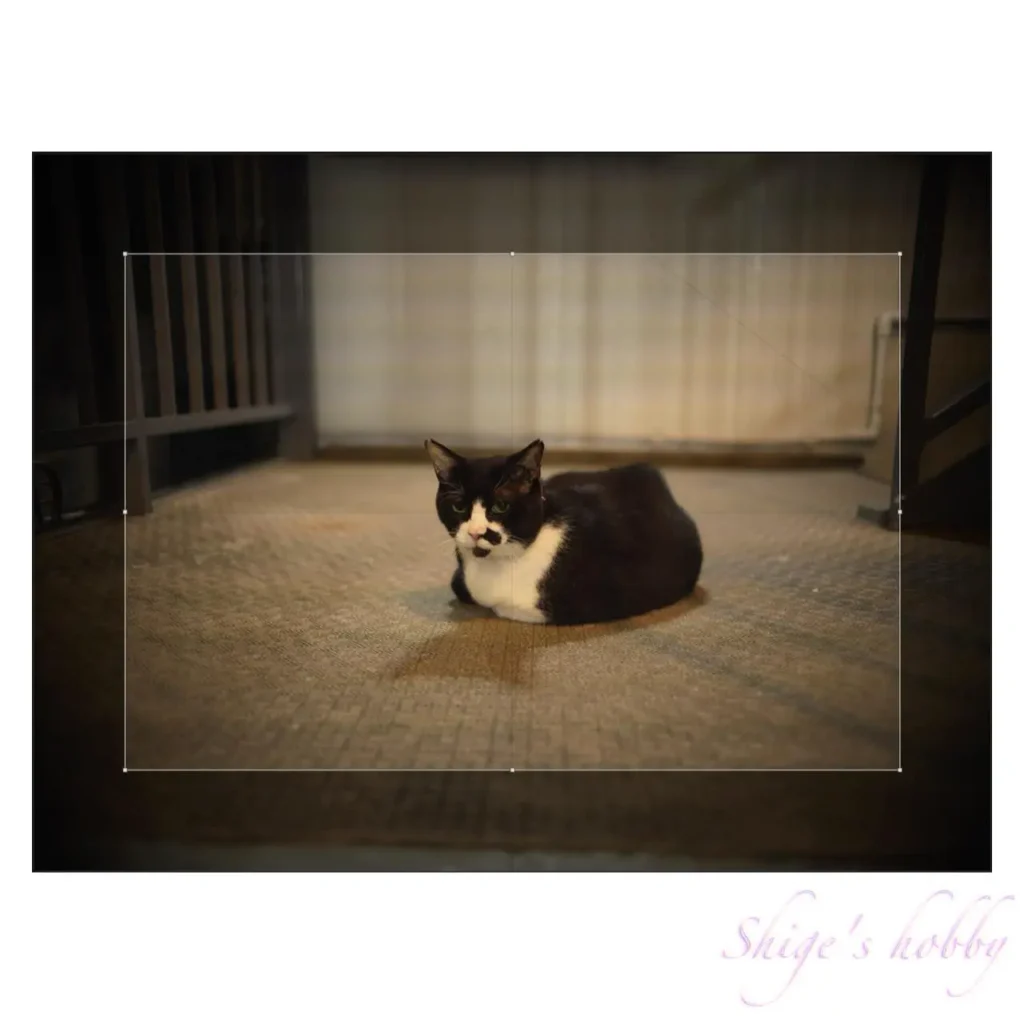
3.Summary
In conclusion , to sum up, the new Summicron R 35mm f/2 is a more compact, lightweight, and easier-to-handle lens than its predecessor, with a built-in hood.
There are no complaints about the image quality either, making it a well-balanced 35mm lens for compact SLR cameras.
However, the R-mount Summicron is not a legendary lens like the M-mount Summicron, and is rather an extremely ordinary lens.
Specifications, considerations, etc.
Compared to the previous (I) model, the new (II) Summicron 35mm boasts a more modern design for its age, producing a lens with a moderate, solid image quality without any quirks. The primary objective of the model change appears to be cost reduction. The following three points highlight this cost reduction:
- The lens construction of the new (II) model has been reduced from six elements in six groups to nine elements in seven groups in the previous (I) model.
- The compact lens barrel reduces the lens weight by 70g compared to the previous (I) model.
- The number of aperture blades has also been reduced from eight to six.
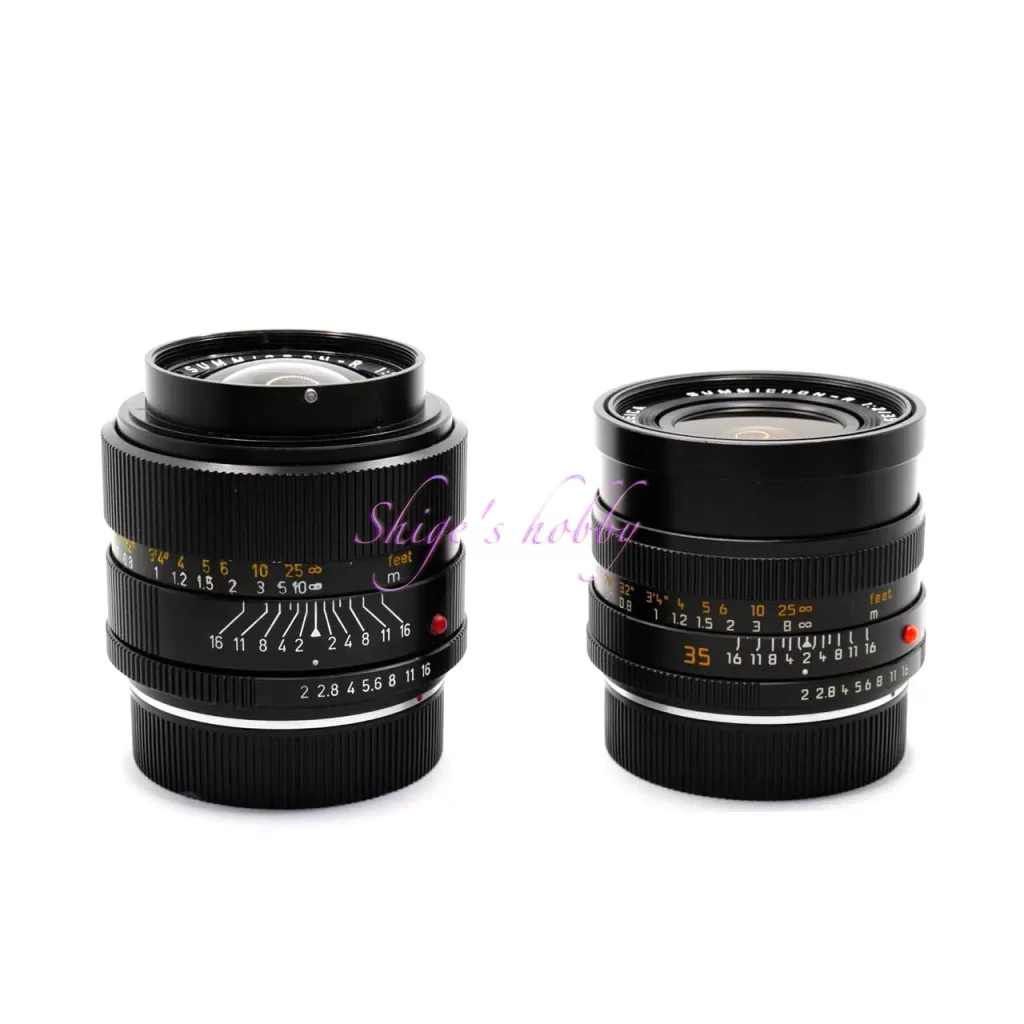
However, the new SUMMILUX R 35mm is undoubtedly an old lens, and if R-mount cameras had continued into the digital era after the Digital Module R, it would not have been surprising if it had been one of the first lenses to be renewed. At that time, it might have been a luxurious lens, incorporating aspherical elements and the like.
Moving forward, the APO SUMMICRON SL 35mm was released in 2019, but it features a large lens barrel that is unusual for a lens designed for a mirrorless camera. I used it for a while, but the lens size always felt excessive.
The YASHICA/CONTAX Distagon 35mm F2.8 also has a slightly different lens configuration, with six elements in six groups, relatively wide lens spacing, and a thick glass third element. However, since they were released around the same time, I thought they might be similar lenses, so I lined them up next to each other. However, the different lens formats used before and after the powerful, thick lens suggest that their design philosophies are different.
- The diagrams are taken from the official PDFs of each company, and the sizes have been adjusted here.
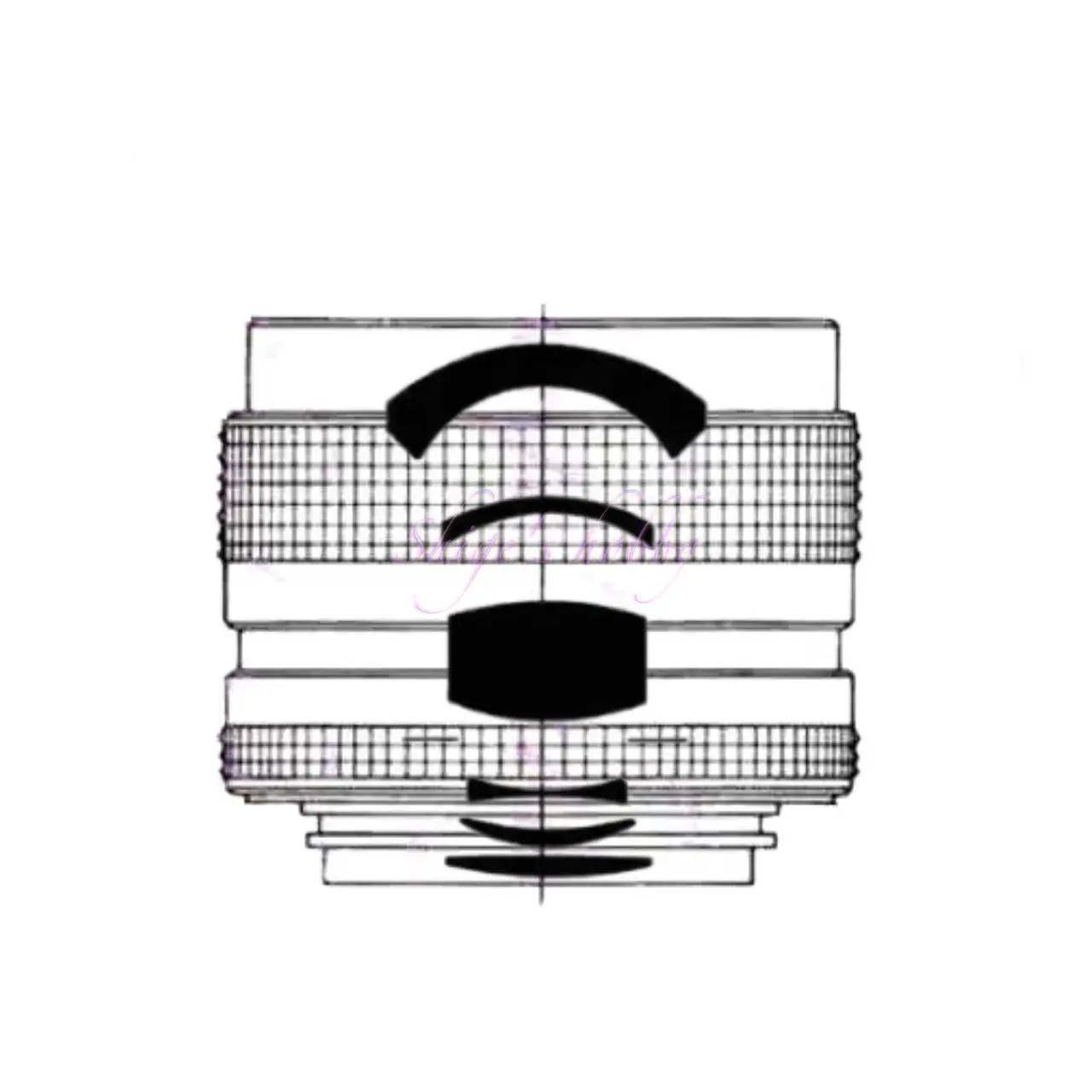
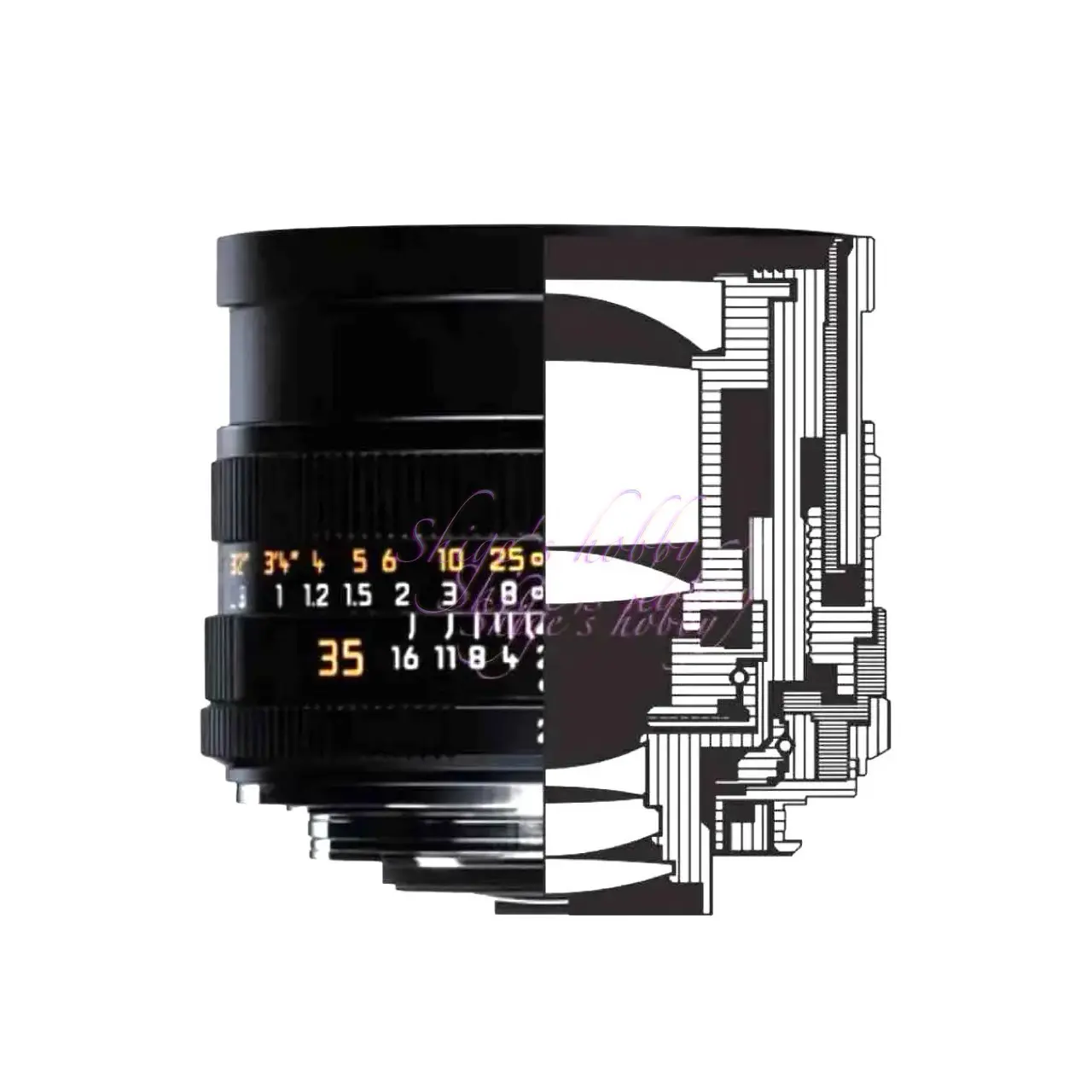
| Lens name | SUMMICRON 35mm(New) | SUMMICRON 35mm(Old) | Distagon 35mm F2.8 Y/C mount |
| focal length(mm) | 35 | 35 | 35 |
| Maximum aperture | 2 | 2 | 2.8 |
| Minimum aperture | 16 | 16 | 22 |
| Lead blade | 6 | 8 | 6 |
| Lens configuration | 6element in 6group | 9element in 7group | 6element in 6group |
| Minimum distance(m) | 0.3 | 0.3 | 0.6 |
| Lens length(mm) | 57.5 | 61.5 | 46 |
| Lens max diameter(mm) | 66 | 66 | 62.5 |
| Filter diameter(mm) | 55 | Series 7(or E48) | 55 |
| Weight(g) | 430 | 508 (with hood and Filter 569) | 240 |
| Release date | 1976 | 1970 |
Reference links
Donation
Affiliate links
- Leica lens・Ads by Amazon
- Leica digital・Ads by Amazon
- Leica camera body・Ads by Amazon
- Leica accessory・Ads by Amazon
- Leica book・Ads by Amazon

Amazon Prime Sale
Update history
- 2025.10.20
- 2025.1.14
- 2024.02.26
- 2022.06.14

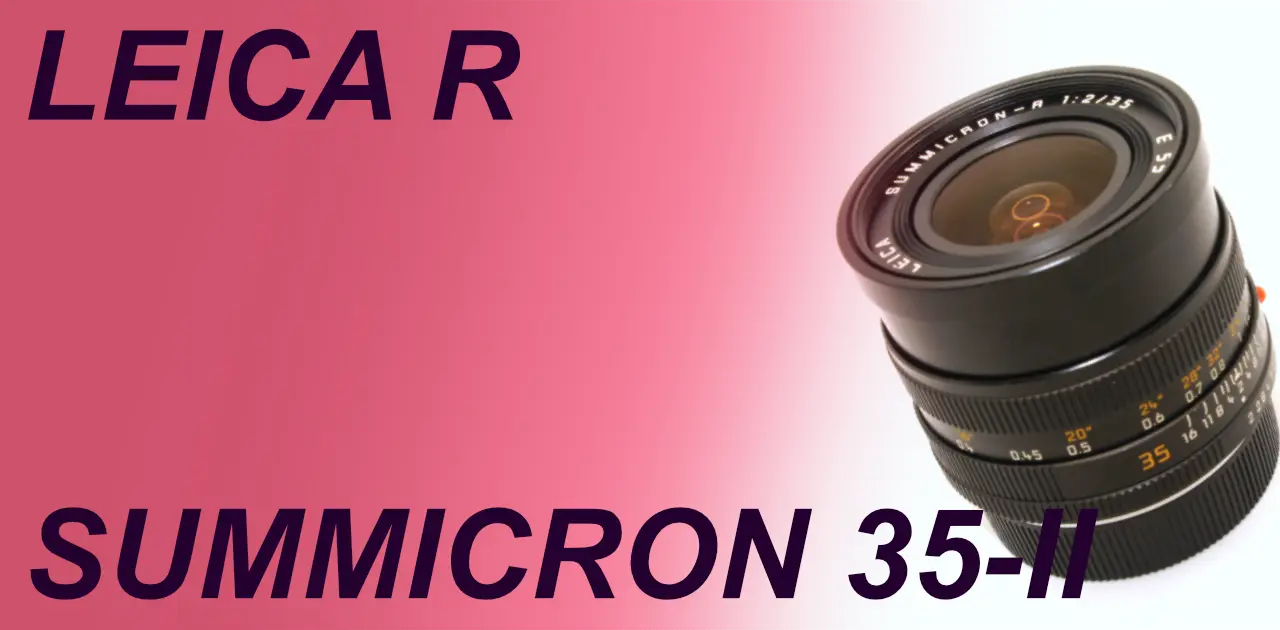

Be First to Comment